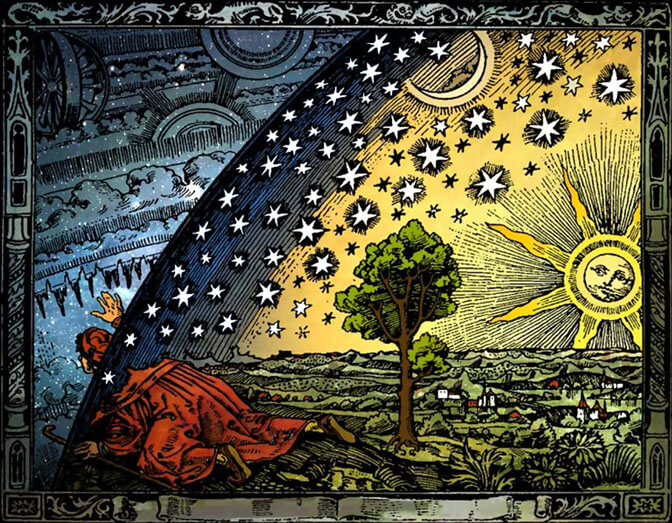Robert Lazu Kmita is a novelist and essayist with a PhD in Philosophy. His first novel, The Island without Seasons, was translated and released in the United States by Os Justi Press in 2023. He has written and published as an author or co-author more than ten books (including a substantial Encyclopedia of Tolkien's World - in Romanian). His numerous studies, essays, reviews, interviews, short stories, and articles have appeared at The European Conservative, Catholic World Report, The Remnant, Saint Austin Review, Gregorius Magnus, Second Spring, Radici Cristiane, Polonia Christiana, and Philosophy Today, among other publications. He is currently living in Timisoara, Romania, with his wife and seven children.

